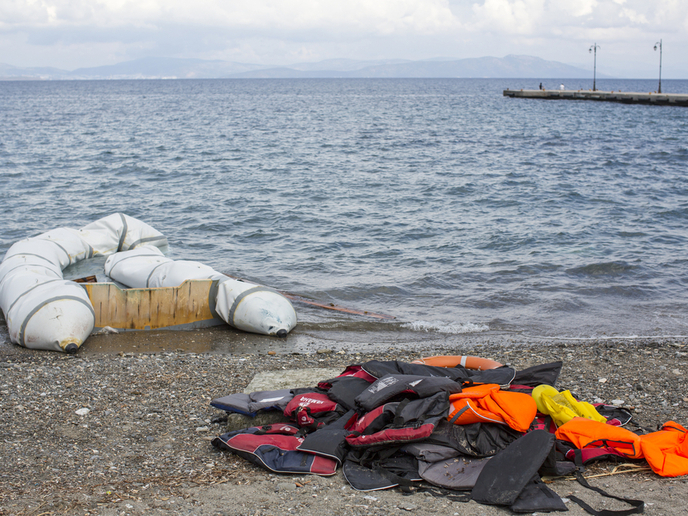Predicting the flows of people across Europe, and their impact
The movement of people offers both opportunities and challenges to the EU, so there is a need for comprehensive and sustainable migration policies. However, migration is an unpredictable phenomenon. The underlying factors driving people from one country to another are complex and diverse, making analysis difficult. In the QuantMig(opens in new window) (Quantifying Migration Scenarios for Better Policy) project, researchers created a series of tools to support European policymakers. The project aims to enable evidence-informed decision-making and foster a deeper understanding of migration dynamics. “There are aspects of migration processes where uncertainty can indeed be reduced, and QuantMig has contributed the right methodology to make this possible,” says Jakub Bijak(opens in new window), QuantMig project leader and professor of Statistical Demography at the University of Southampton(opens in new window) in the United Kingdom. The intention of the project was to support decisions at the short-term operational level, as well as more strategic policies over the long term. “This would ultimately benefit the host societies, and the migrants themselves, by making sure that the resources are available when and where they are needed,” adds Bijak.
Simulating migration
The suite of practical tools developed by QuantMig to help policymakers shape effective migration policies included interactive models and visualisations, along with a range of simulations specifically designed for migration policy. One major tool developed by QuantMig is a web tool that simulates different immigration scenarios, and allows users to explore the impacts of various migration events on population projections, for individual countries or the EU as a whole. The tool uses the results of a microsimulation model created in the project that covers 31 European countries for the period 2020-2060. It presents the impacts of immigration on the labour force and its structure by age, gender, place of birth and educational attainment. “Migration is highly uncertain and cannot be predicted, but our simulations can showcase what its impact can be under different assumptions,” explains Michaela Potančoková, a demographer at the Vienna Institute of Demography(opens in new window) and QuantMig team member.
Responding to humanitarian crises
The tools are particularly useful for analysing the impacts of major displacement events, such as natural disasters or war. “This is especially important during large-scale humanitarian crises, such as the wars in Syria or Ukraine, where high-volume migration happens in a very short time, and calls for rapid and adequate responses,” says Bijak. The project simulations focused on the long-term demographic impacts of these events, such as the exodus of migrants from Syria in 2015-2016. The results showed that they do not leave long-lasting impacts on population ageing or on the labour force. “Only if migration persists for several years can we observe a small impact on the projected labour force size for the main immigration countries in north-western Europe,” notes Potančoková. The team also developed and published a set of educational materials and a quiz aimed at students, to spread knowledge about migration and its uncertainties. The QuantMig researchers aim to make all outcomes openly available on the project website, including inventories of the data sources on migration flows and drivers, databases of migration estimates and the full suite of scenario tools. “By developing and promoting these tools, we aim to draw the attention of policymakers to the importance of managing migration uncertainty in a systematic way,” adds Bijak.







